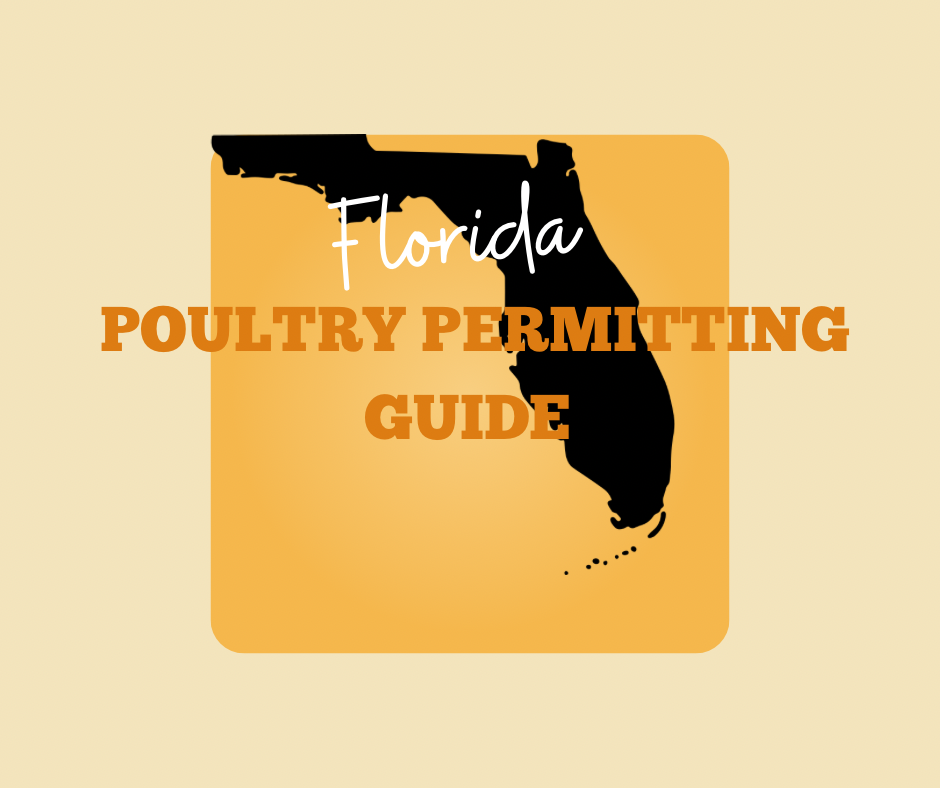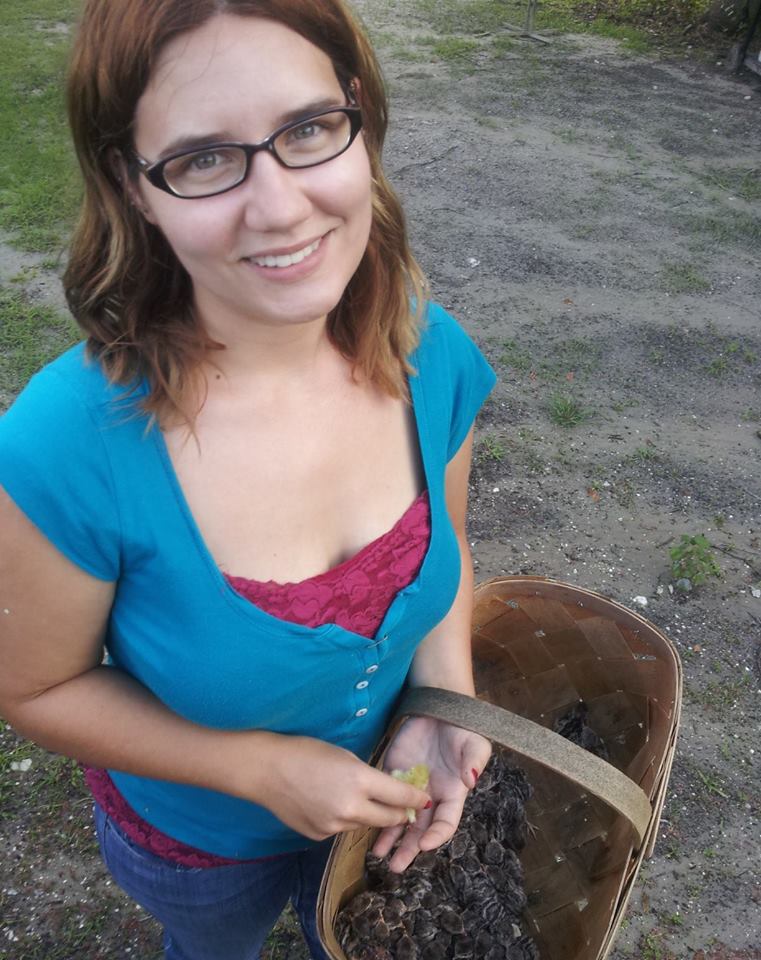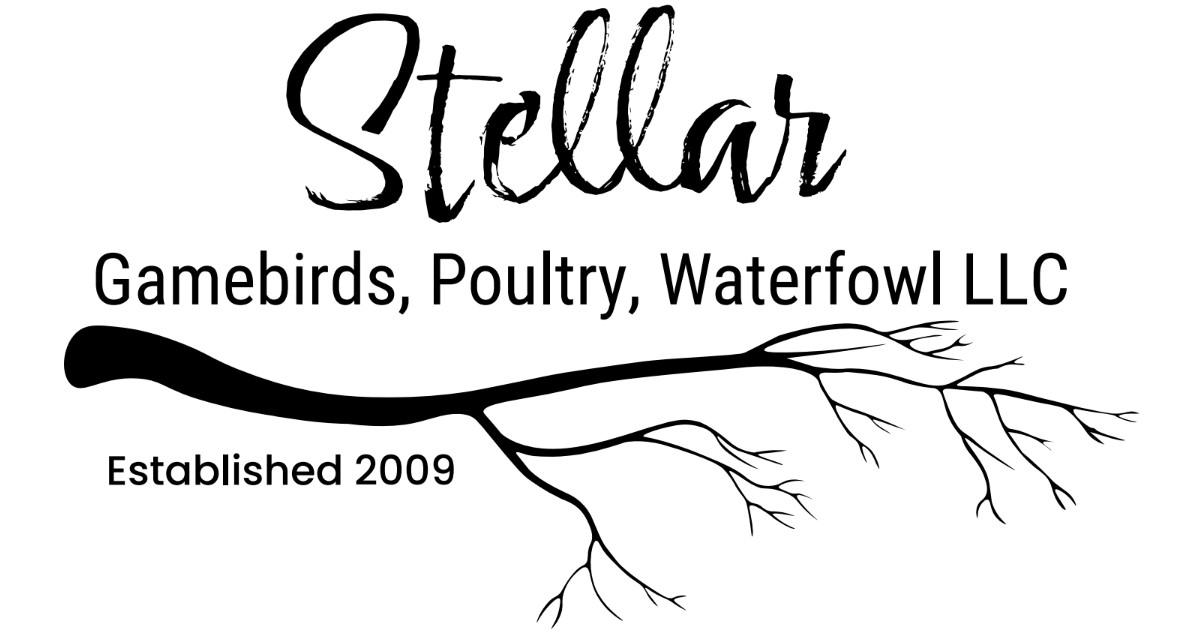When it comes to adding beauty and utility to your backyard or small farm, few breeds match the allure of the Blue Swedish duck. With their striking slate-blue feathers and calm demeanor, these ducks are more than just a pretty face—they’re a versatile addition to any flock.
A Brief History of the Blue Swedish Duck
The Blue Swedish duck has its roots in Scandinavia, specifically the region that is now modern-day Sweden. Though exact records of their origin are sparse, it’s believed that they were first developed in the 19th century as a hardy, dual-purpose breed. The ducks were brought to North America in the late 1800s, where they quickly gained popularity for their beautiful appearance and practical qualities.
Conserving a Heritage Breed
The Blue Swedish duck is recognized by The Livestock Conservancy as a breed that requires conservation efforts. As a lesser-known breed, it has faced a decline in numbers, making its preservation important for maintaining genetic diversity and heritage in domestic ducks. By raising Blue Swedish ducks, you not only benefit from their practical qualities but also contribute to the conservation of a historic breed.
The Blue Swedish: Beauty and Functionality
The most eye-catching feature of the Blue Swedish duck is undoubtedly its unique coloration. The rich, slate-blue plumage, accented by a distinctive white bib on the chest, makes these ducks stand out in any flock. Their dark blue or black wing tips and bluish-gray bill and feet complete the look, giving them a refined and elegant appearance.
But the Blue Swedish is not just a pretty bird. These ducks are known for their calm and friendly disposition, making them an excellent choice for backyard keepers and small-scale farmers alike. They are relatively quiet compared to other duck breeds, and their laid-back nature makes them easy to manage, even for beginners.
Egg Production and Dual-Purpose Qualities
While Blue Swedish ducks are not the most prolific layers, they produce a respectable 130 to 180 eggs per year. Their eggs are typically white or light green and are a good size for cooking and baking. This moderate level of egg production makes them a reliable source of fresh eggs for the home.
In addition to their egg-laying abilities, Blue Swedish ducks are also valued for their meat. Their medium size and flavorful meat make them a popular choice for those looking to raise ducks for both eggs and table fare. The combination of egg production and meat quality makes the Blue Swedish a true dual-purpose breed.
Hardiness and Care
One of the key advantages of the Blue Swedish duck is its hardiness. These ducks are well-suited to colder climates, thanks to their robust build and thick plumage. They can withstand harsh winters better than many other breeds, making them a reliable choice for regions with unpredictable weather.
In terms of care, Blue Swedish ducks are relatively low-maintenance. They thrive in a free-range environment where they can forage for greens, insects, and other small creatures, but they also do well in more confined spaces, provided they have access to clean water and a balanced diet. While they enjoy swimming, they do not require a large pond—access to water deep enough to dunk their heads is sufficient to keep them healthy and happy.
Why Choose Blue Swedish Ducks?
For those looking to add a unique and practical bird to their flock, the Blue Swedish duck offers a compelling combination of beauty, utility, and ease of care. Their striking appearance adds visual interest to any farm, while their calm temperament makes them a joy to raise. Whether you’re looking for a reliable egg layer, a source of meat, or simply a charming addition to your backyard, the Blue Swedish duck is a breed that delivers on all fronts.
Supporting Heritage Breeds
By choosing to raise Blue Swedish ducks, you’re not only enriching your farm with a versatile and beautiful bird, but you’re also playing a role in the conservation of this historic breed. The Livestock Conservancy works to protect endangered livestock breeds like the Blue Swedish, ensuring that they remain a part of our agricultural heritage for generations to come.
Bringing Blue Swedish Ducks into Your Flock
If you’re interested in adding Blue Swedish ducks to your flock, consider reaching out to local breeders or checking for availability at hatcheries. Their growing popularity means they are becoming easier to find, and many breeders are happy to share tips on raising and caring for these delightful ducks.
The Blue Swedish duck is more than just a pretty face. It’s a breed that offers practical benefits for the modern homesteader, from its steady egg production to its flavorful meat. With their hardy nature and gentle disposition, these ducks are well-suited to a variety of environments, making them a versatile and valuable addition to any flock. So, whether you’re an experienced duck keeper or just starting out, consider the Blue Swedish duck for your next feathered friend—and support the preservation of a unique and historic breed in the process.
Recommended Reading










